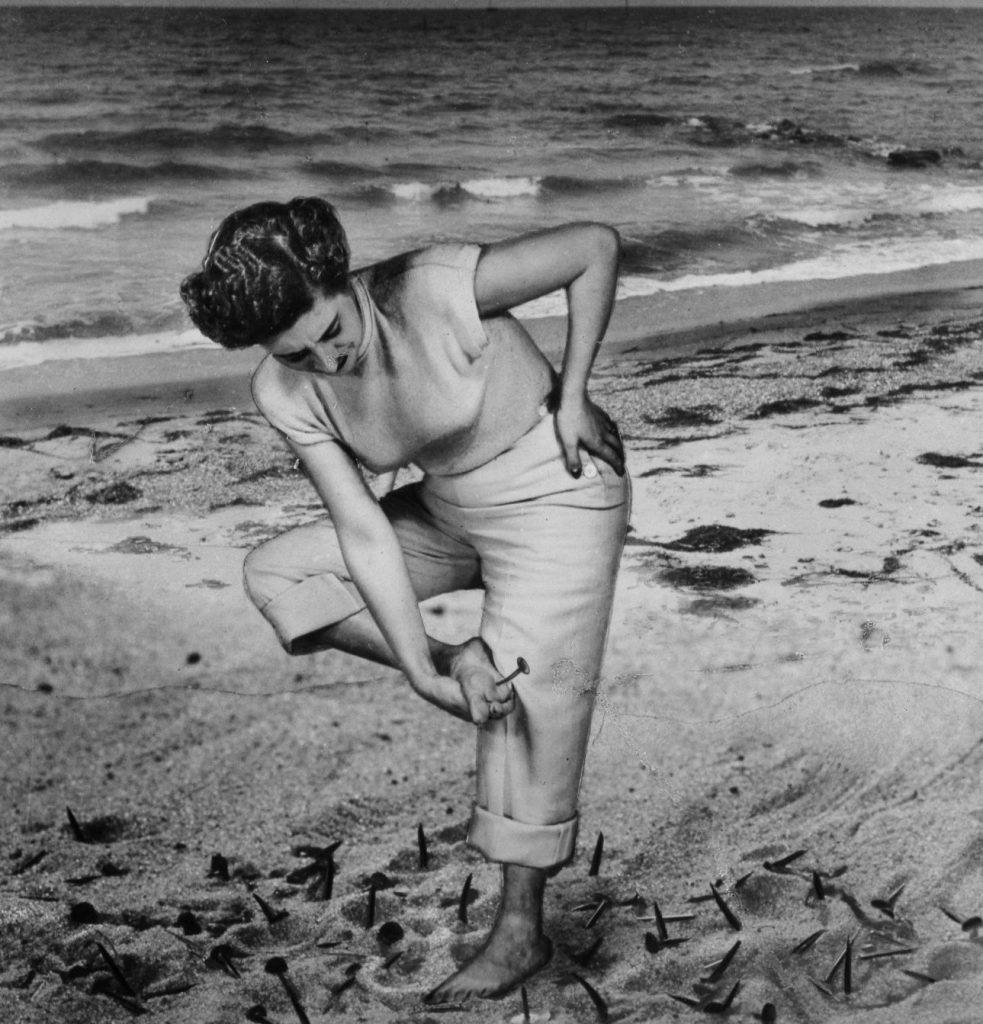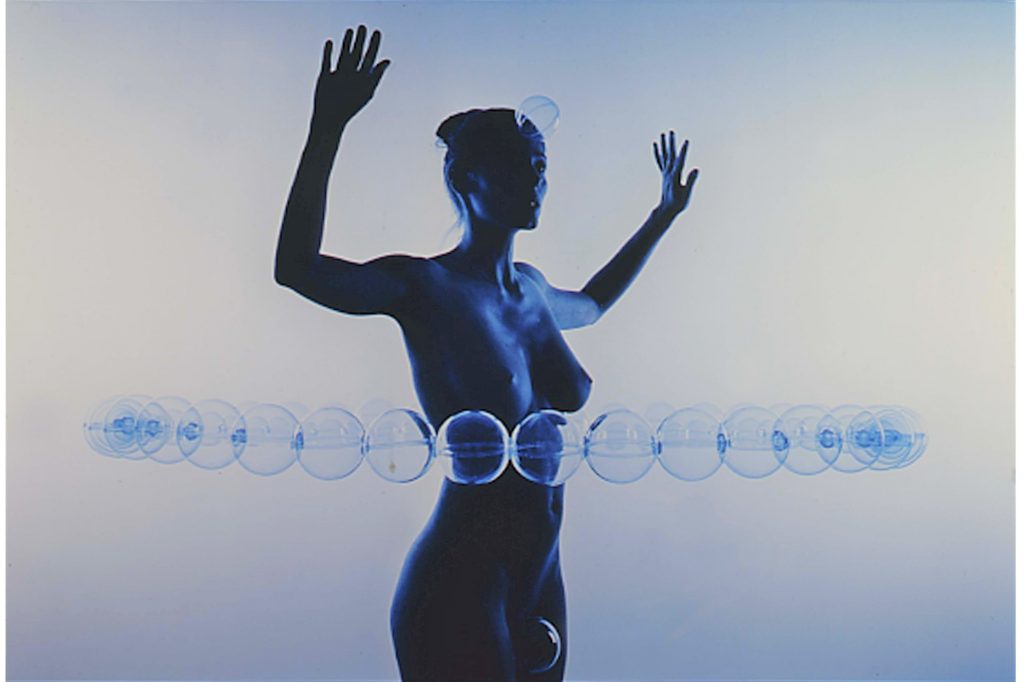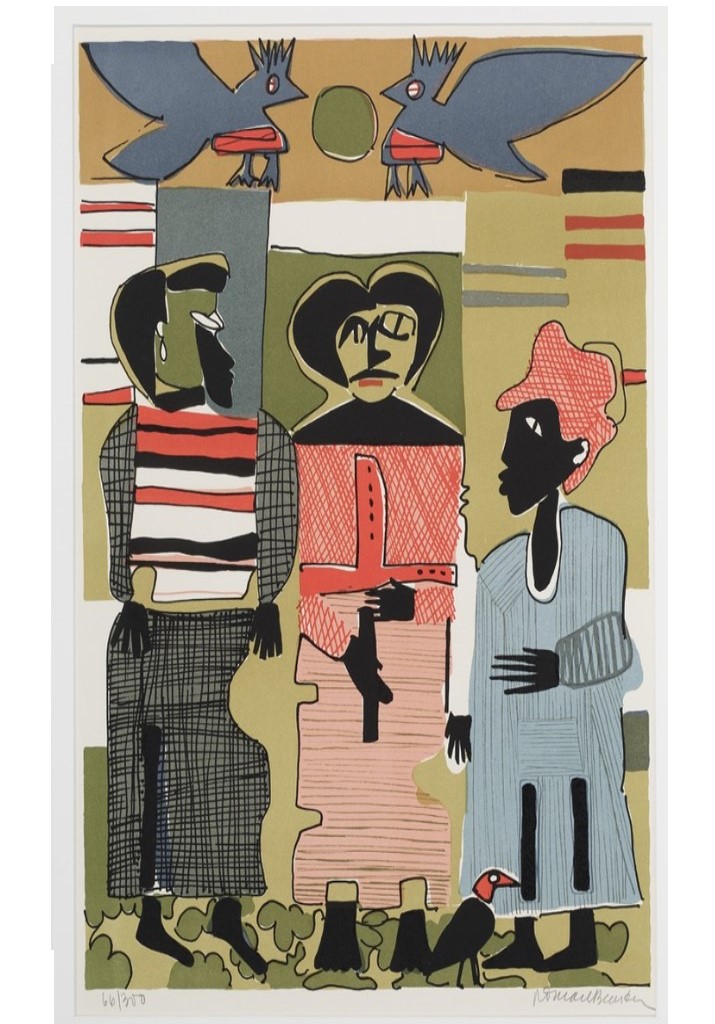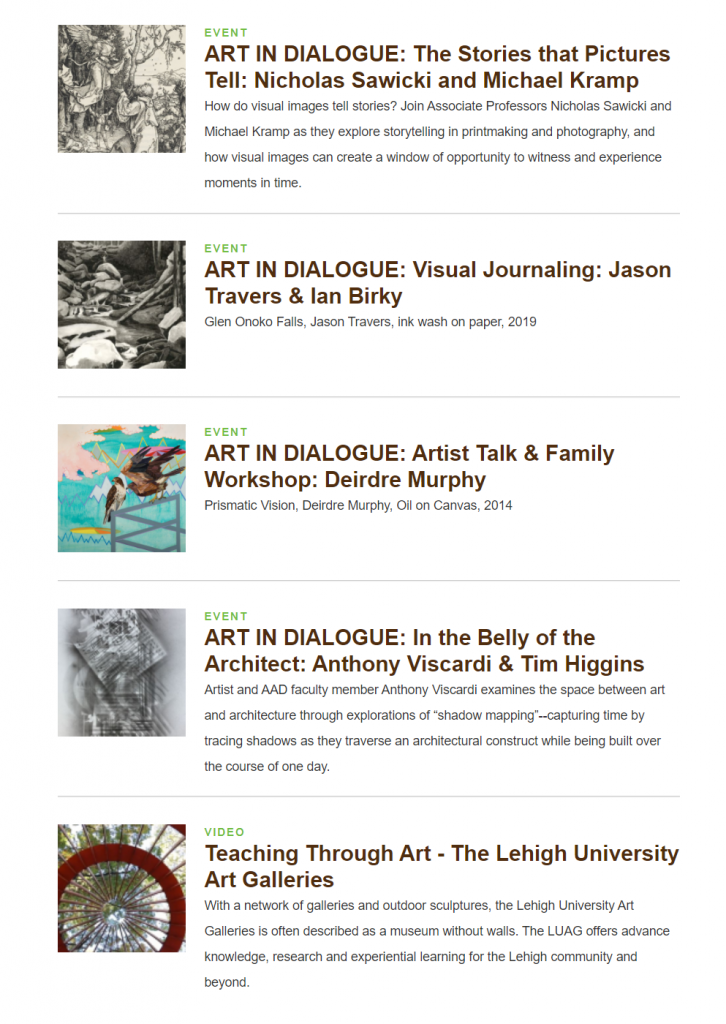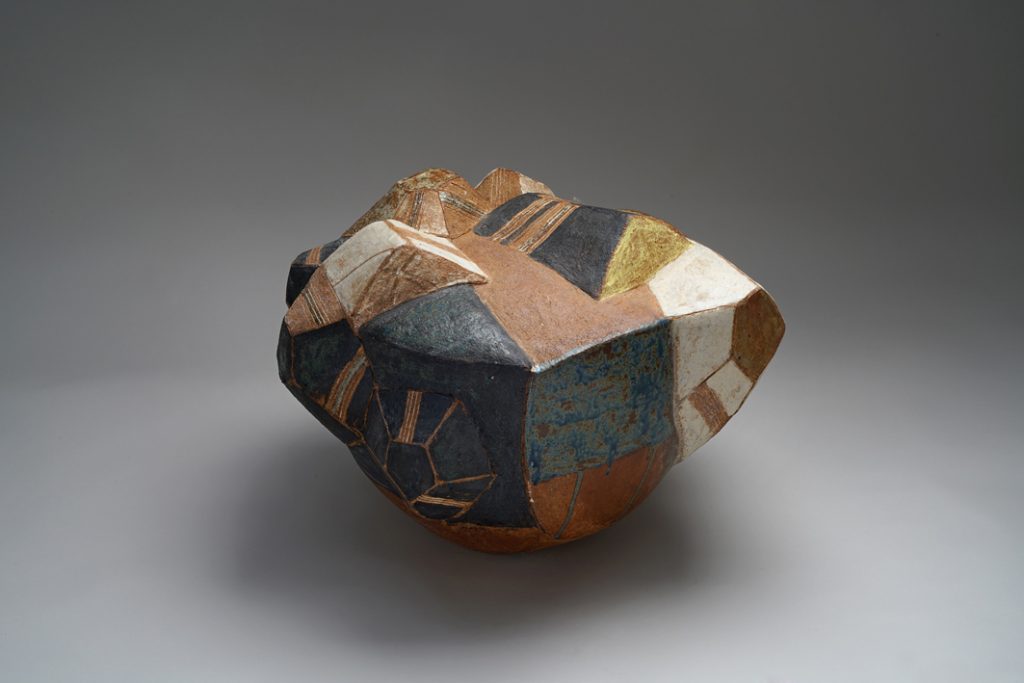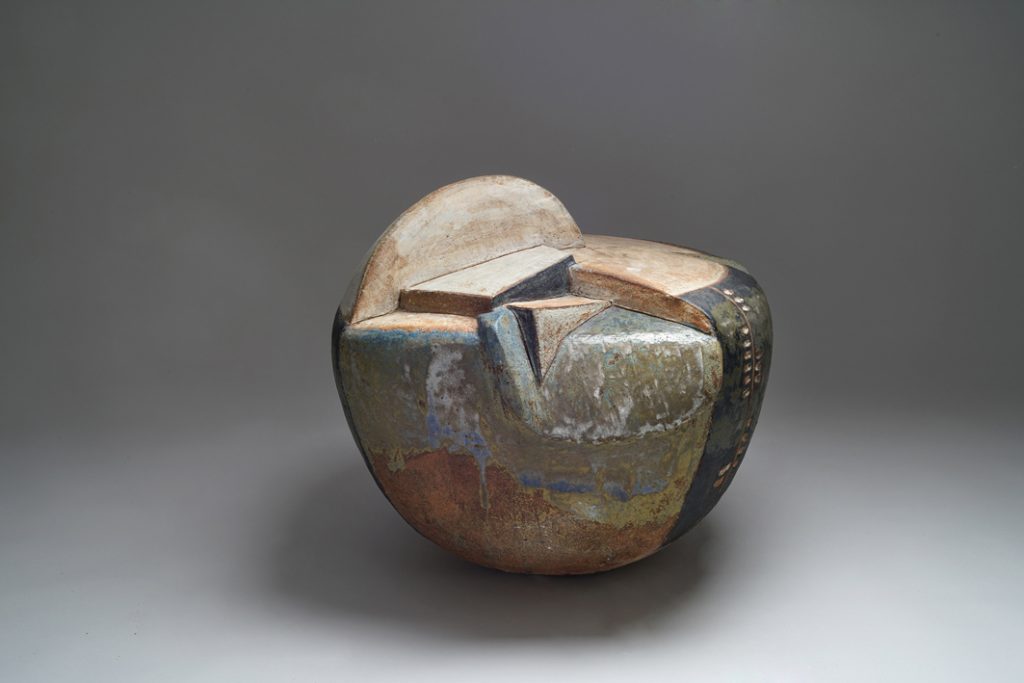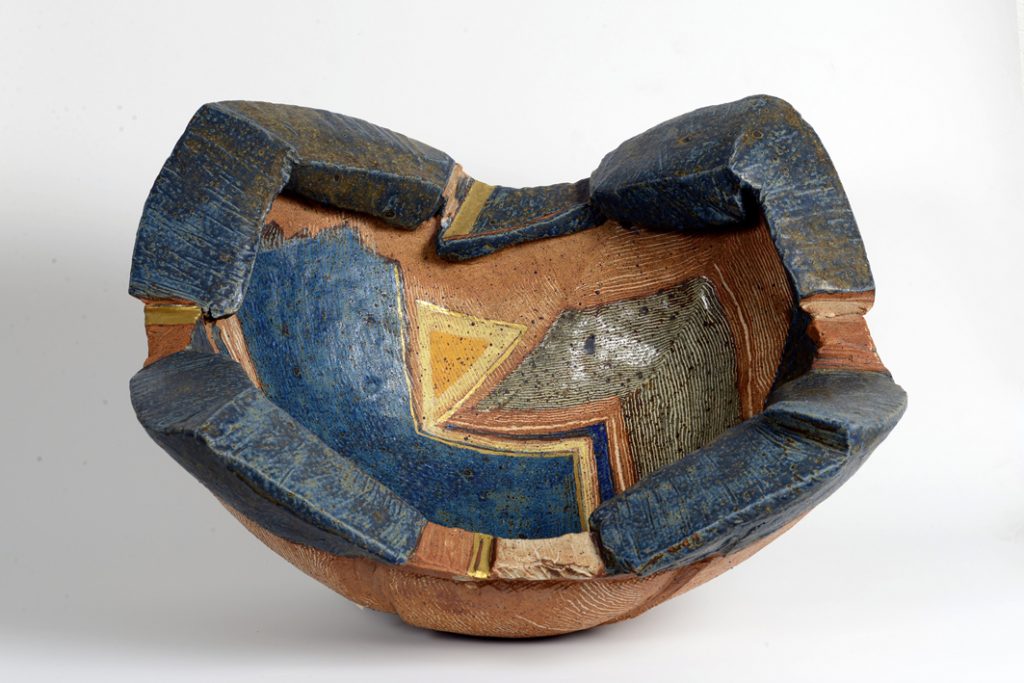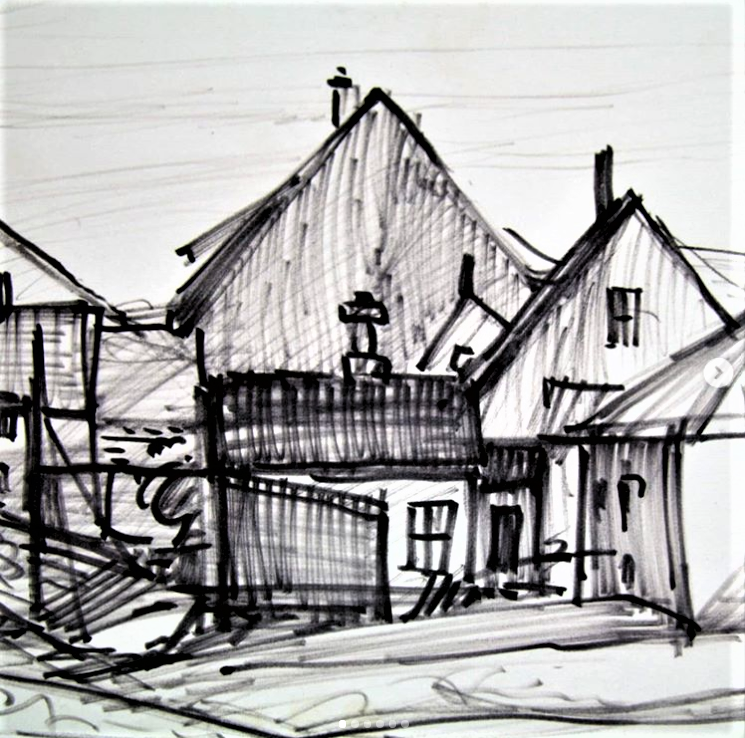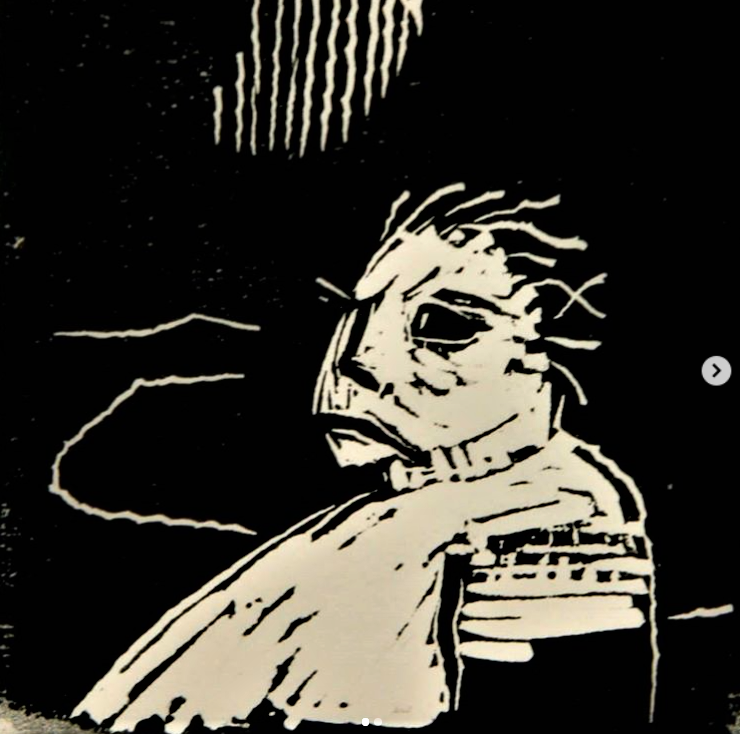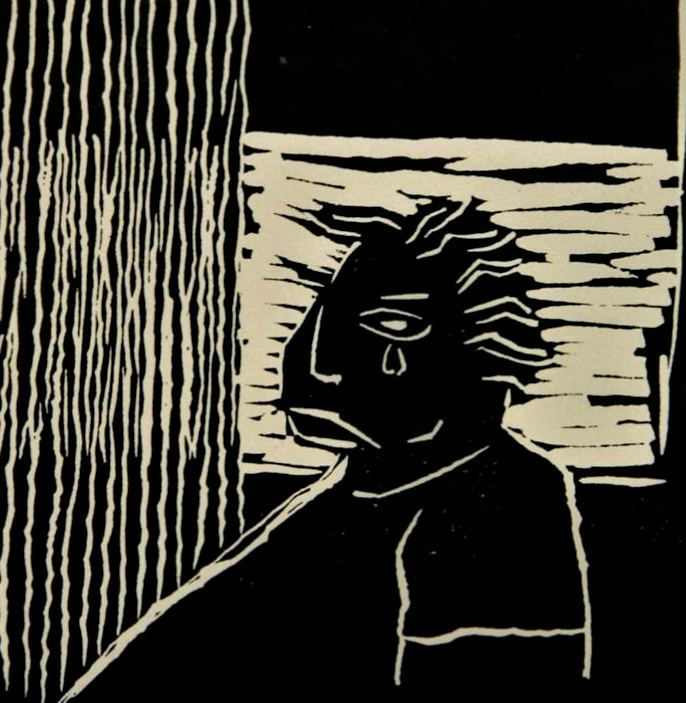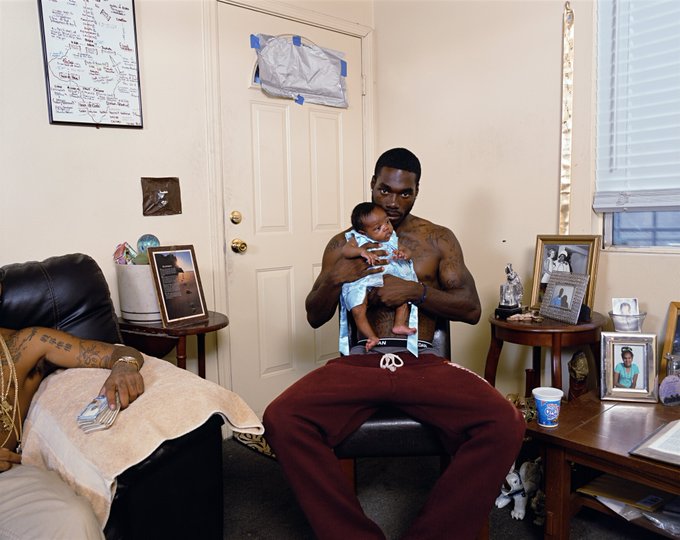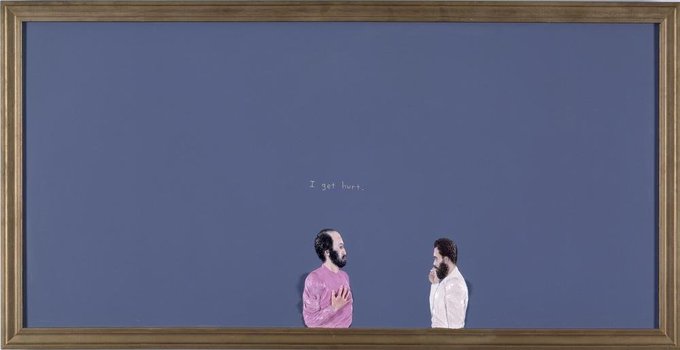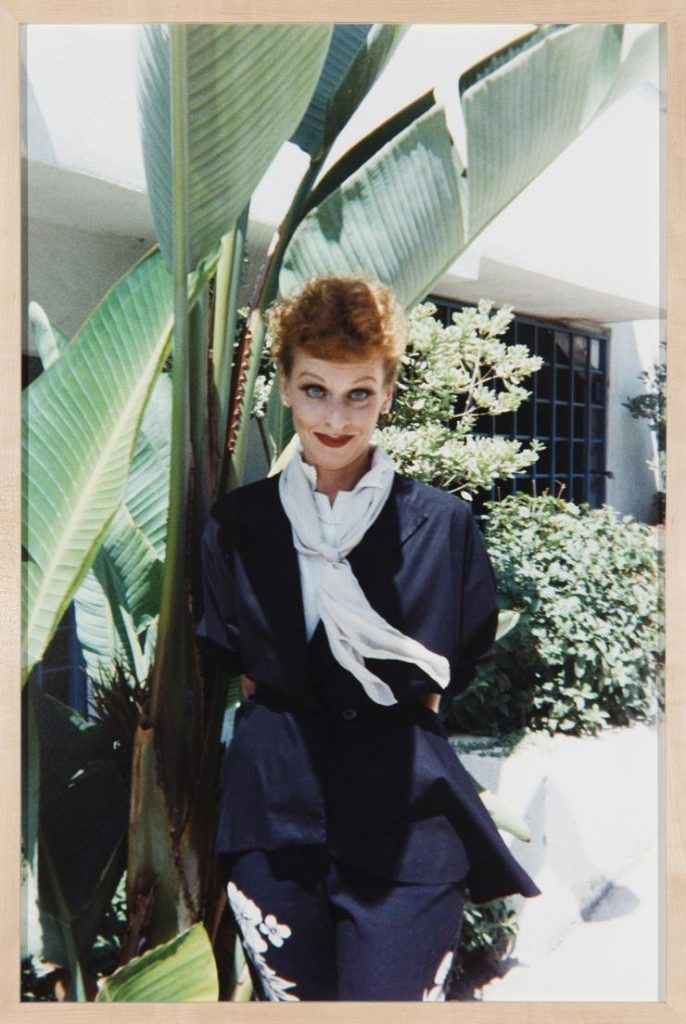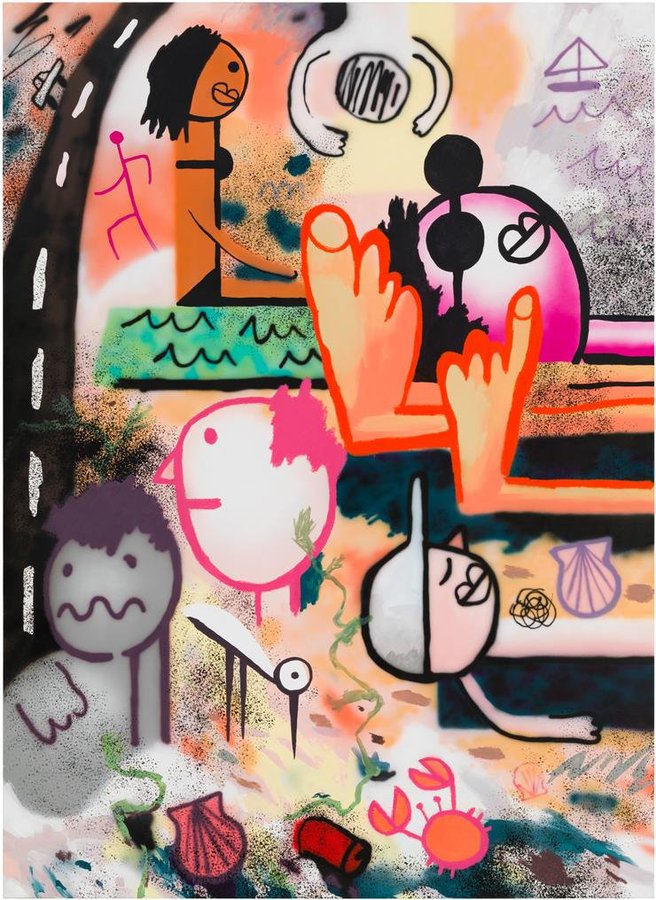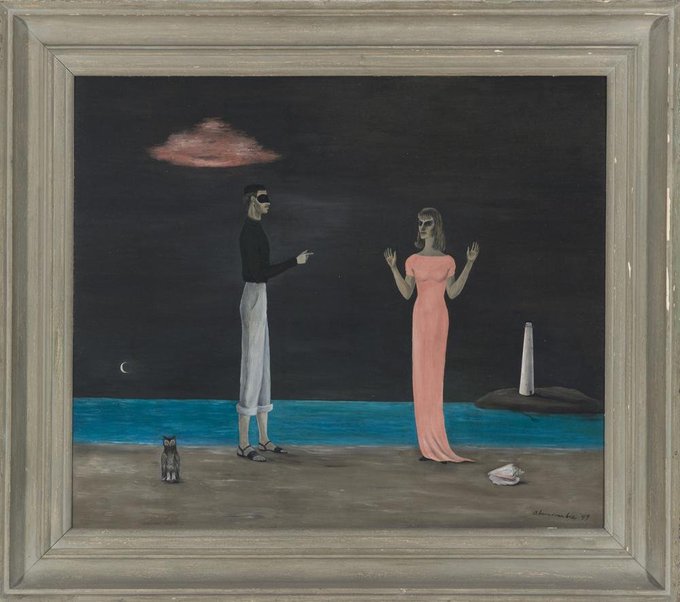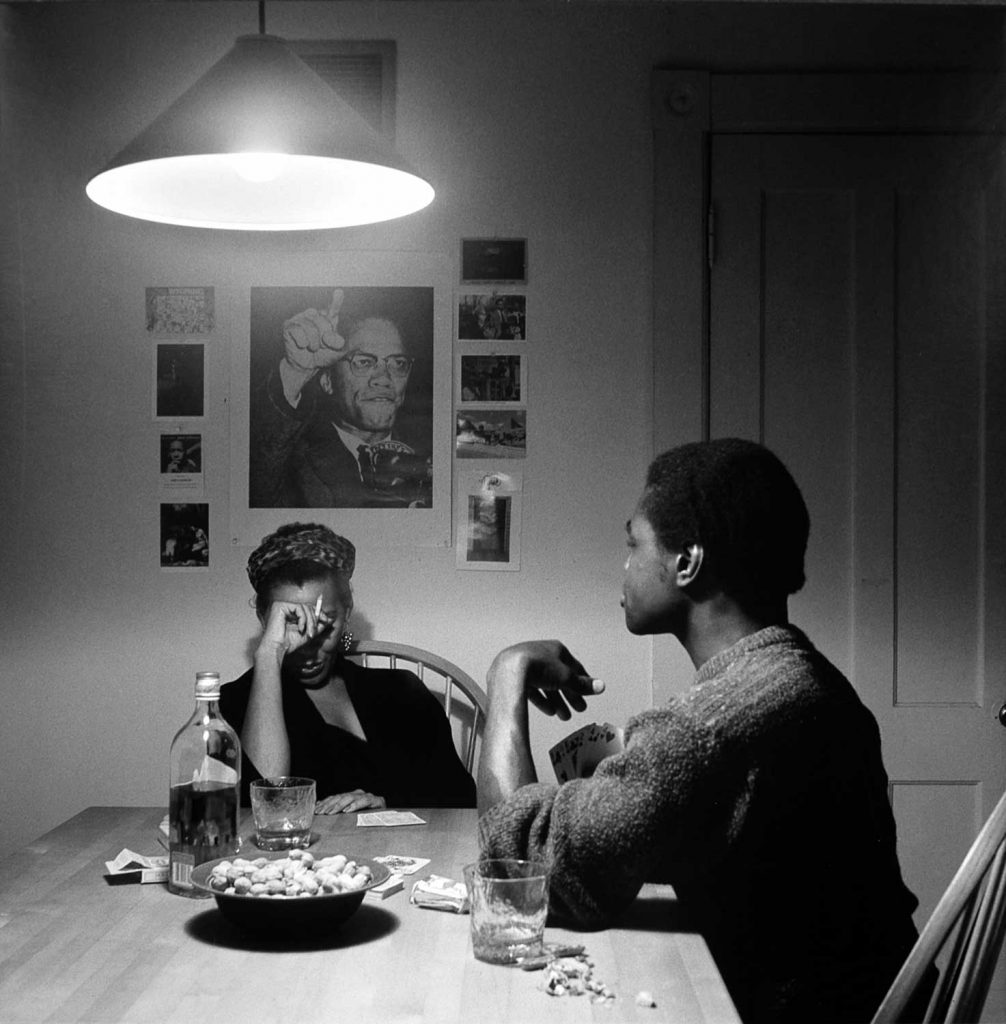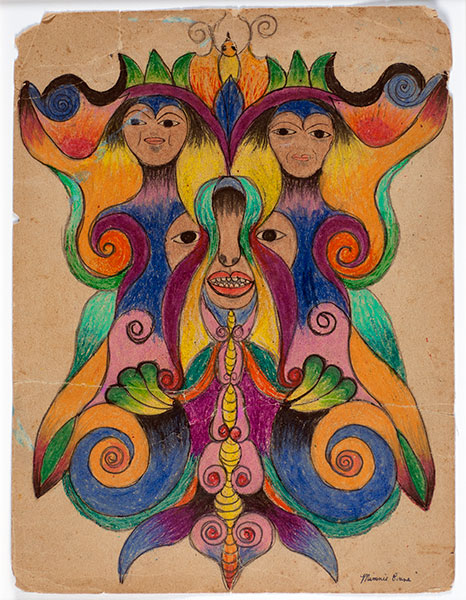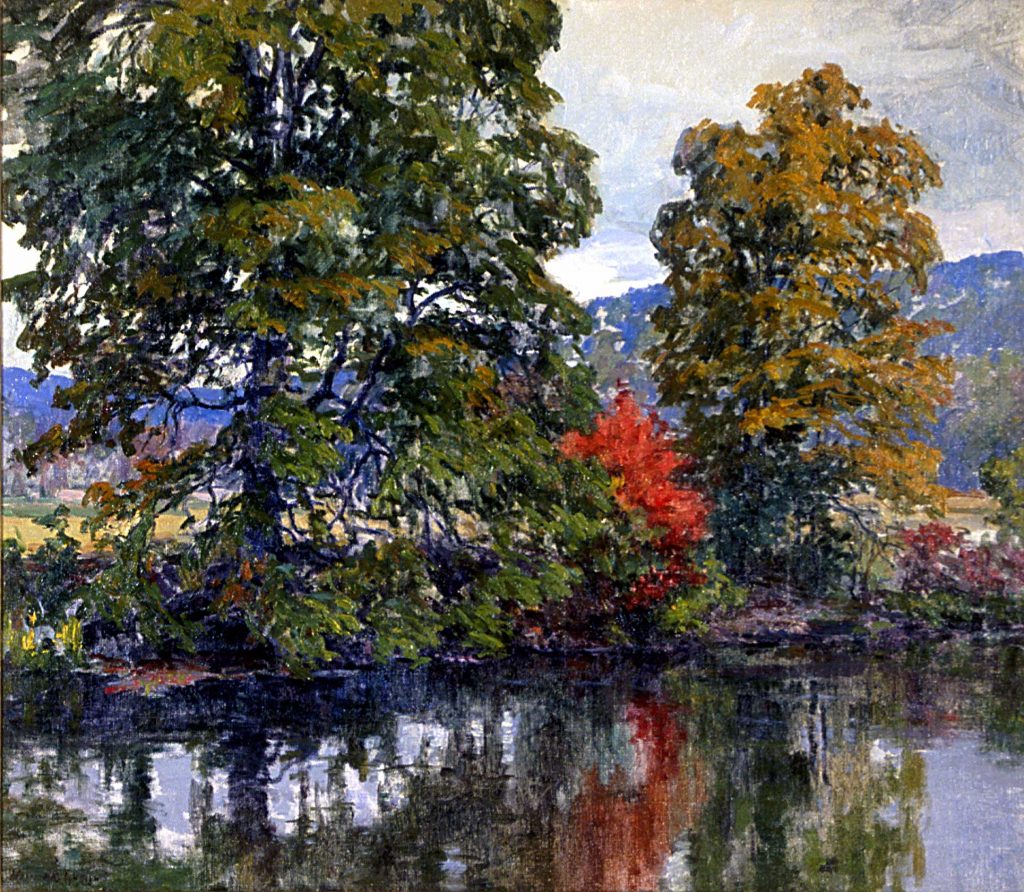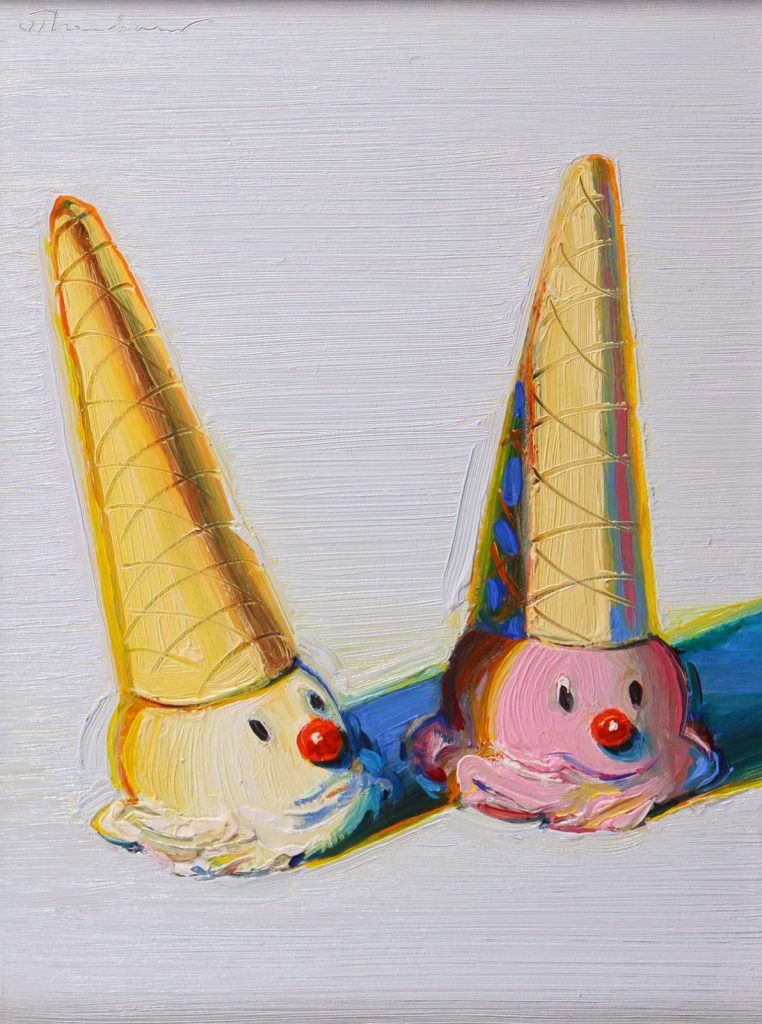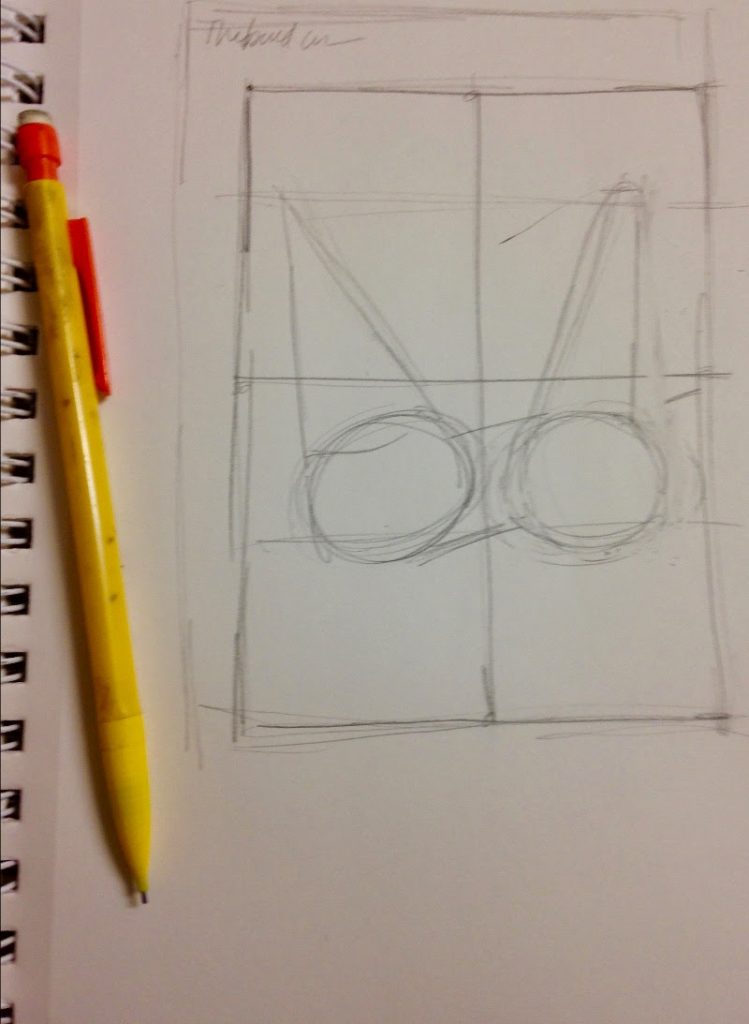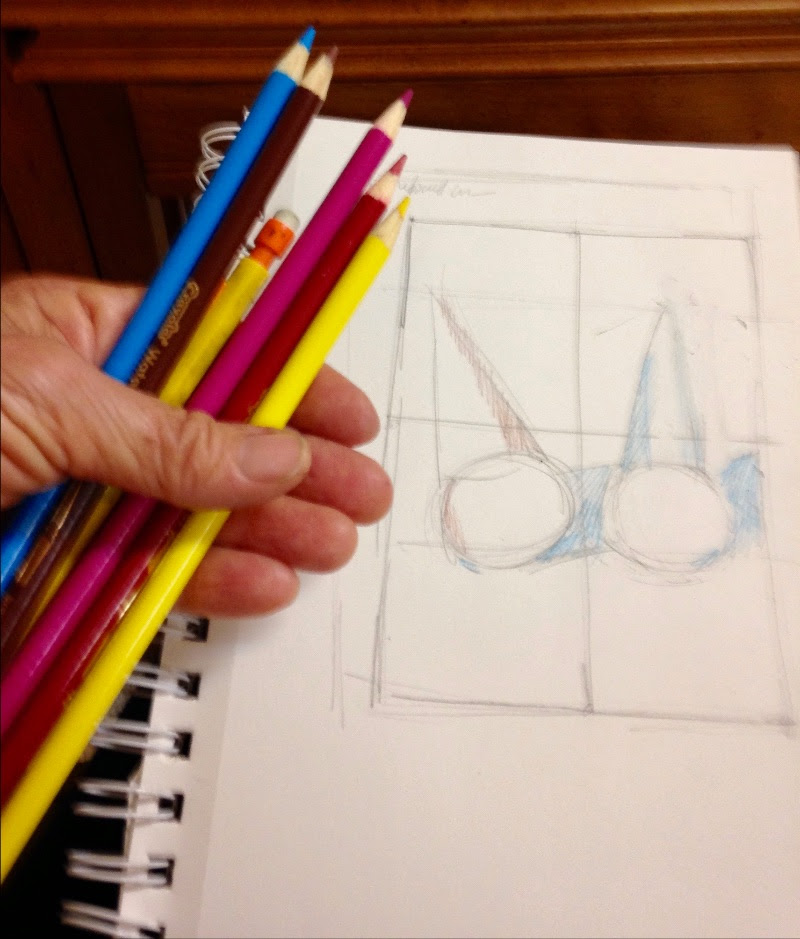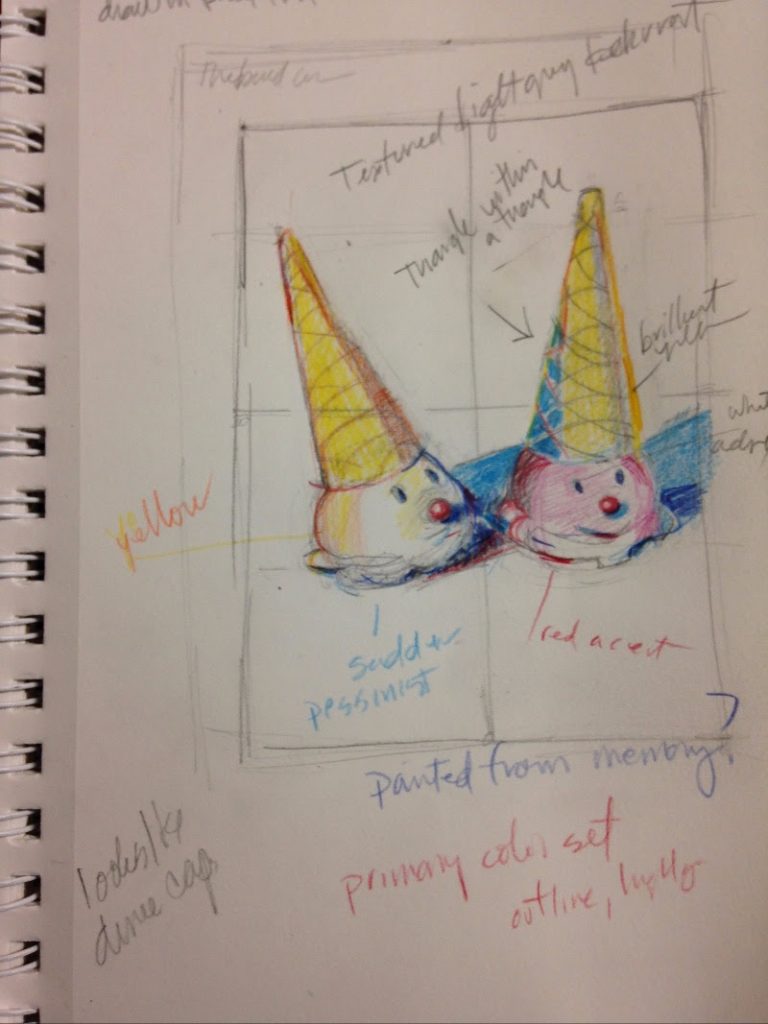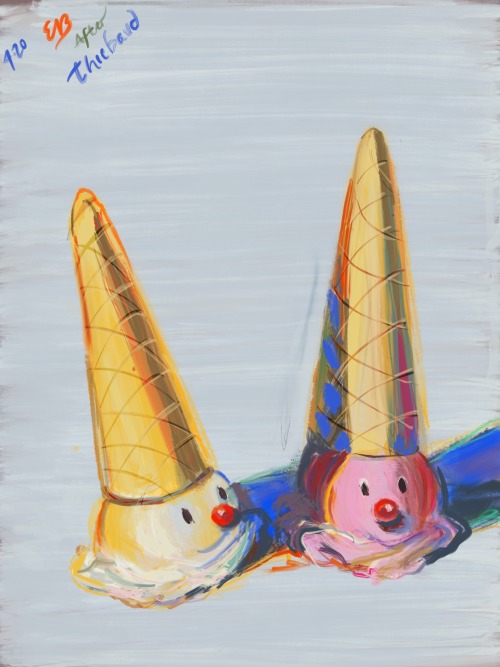For their fifth Slow Art Day, The Norton Simon Museum in Pasadena, CA, invited the public via Instagram to look slowly at Narcisse-Virgile Diaz de la Peña’s ‘The Approaching Storm.’
The event was inspired by the Norton Simon’s regular Mindful Looking sessions, where visitors focus on looking at one artwork for one hour.
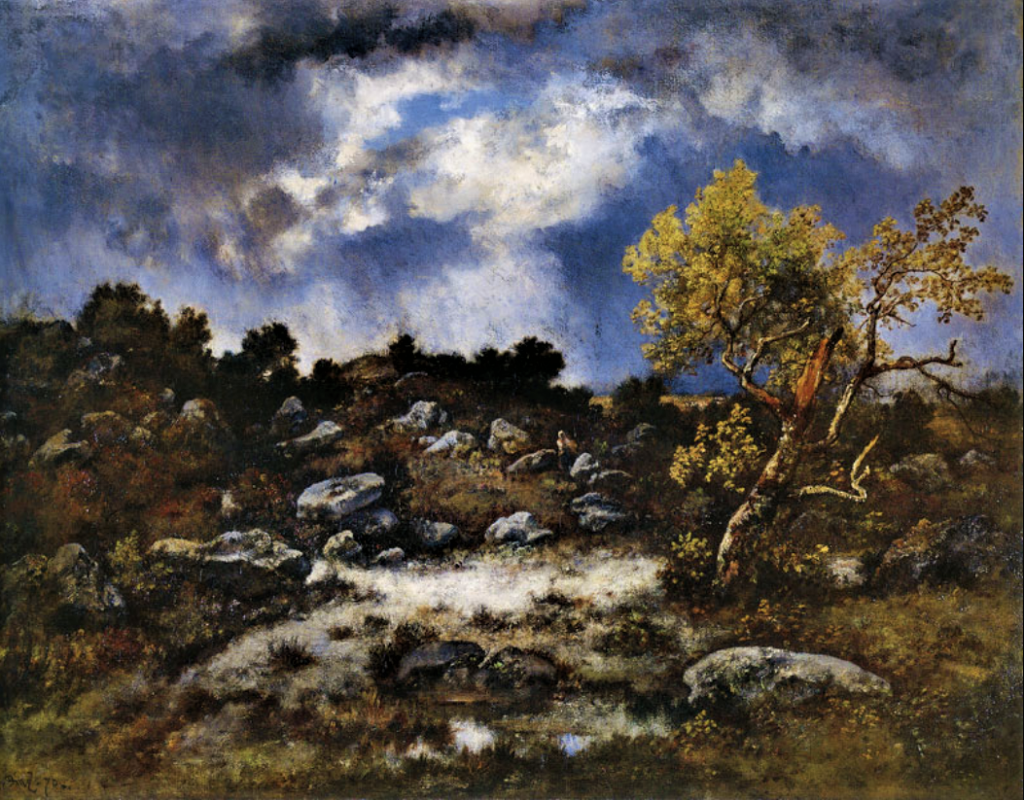
Viewers were guided by two prompts:
- Step inside this scene and sit under the light.
- How does it feel? In times of uneasiness, where do you find light?
We’d also like to note that the museum provided an unusually good description of the artwork – not filled with jargon but instead with accessible, compelling, and even poetic words.
”In the midst of an approaching storm, a beacon of light shines down through a gunmetal sky onto a rocky landscape. A lone woman by the rocks nestled in the middle of the scene reminds us that we are part of this earth. At right, a tree is bent and blasted but does not break.”
Description of ‘The Approaching Storm’, The Norton Simon Museum, Slow Art Day 2020.
Mariko Tu, Manager of Youth and Family Programs at the Norton Simon Museum, said that slow-looking visitors loved the experience and the post was liked 600+ times.
The Slow Art Day HQ team also participated. We imagined ourselves in this scene; felt the soft warmth of the light, and really immersed ourselves in the calm before the storm. Although the lone woman in the painting seemed small, we came to believe that she is filled with strength and courage from the light despite the dark skies.
We look forward to whatever The Norton Simon Museum comes up with for Slow Art Day 2021.
– Johanna and Ashley

